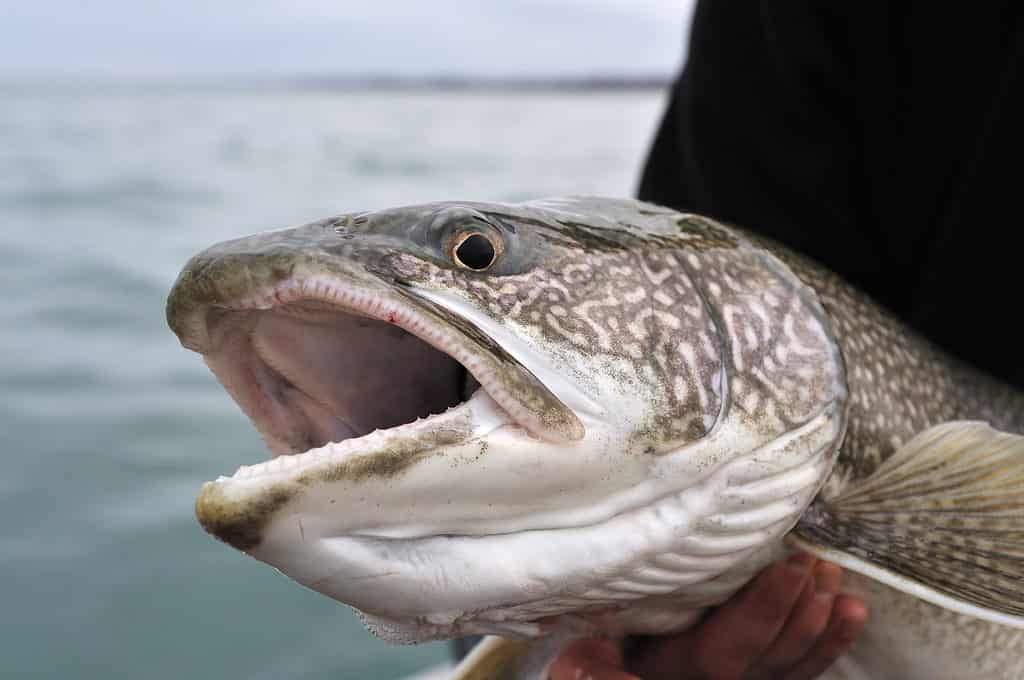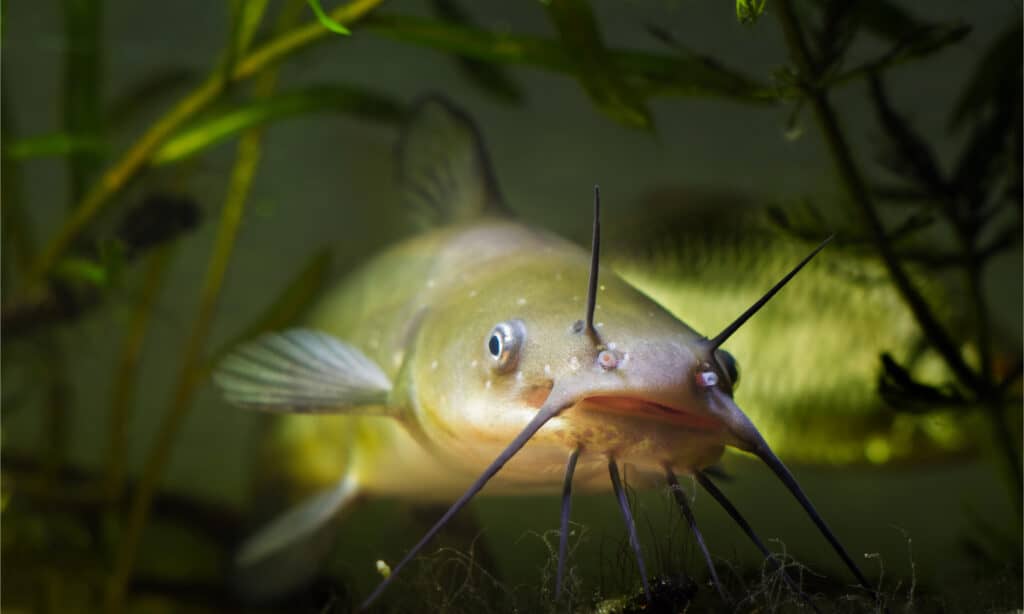↓ Continue Reading To See This Amazing Video
Located in the western United States, the Yellowstone River serves as a major tributary of the Missouri River. It flows for 692 miles from its source in Wyoming to its confluence with the Missouri River in North Dakota. This makes the Yellowstone River the 22nd longest river by main stem in the country. That said, it also holds the rank of the longest undammed river in the lower 48 states. Since it features no dams along its entire length, the Yellowstone River remains one of the most pristine rivers in the U.S.
Numerous plants and animals live within and along the Yellowstone River. Along its banks, you can find numerous large mammals, including bears, bison, elk, deer, and all sorts of amphibians, birds, and reptiles. The river supports around 20 different species of fish. Around a dozen of these species are native to the river, while approximately half a dozen species are invasive. Represented species include several varieties of trout, as well as sauger, walleye, chub, catfish, and sturgeon. Curious as to what species rank as the largest fish in the Yellowstone River? Keep reading to find out.
Fishing in the Yellowstone River
©iStock.com/samuel howell
Many anglers consider the Yellowstone River a fishing Mecca. If you enjoy fly fishing, no stream in Montana offers a better experience than the Yellowstone River. Wade fishing is viable in many locations, as is float fishing from drift boats or rafts. The river boasts a wide range of water levels, stream flows, and ecosystems for anglers to explorers. This diversity makes fishing the Yellowstone River so enjoyable, as each section of the river offers anglers a new, unique fishing experience. Some of the spots feature their fair share of large fish. Here are 3 of the largest fish in the Yellowstone River.
1. Lake Trout

©iStock.com/glxedwards
Despite its name, the lake trout (Salvelinus namaycush) actually belongs to the char genus Salvelinus. It goes by several other names, including the lake char, mackinaw, togue, and gray trout. The lake trout ranks as the largest trout species and also the largest fish found in the Yellowstone River. However, the lake trout is not native to the Yellowstone River. Rather, its historical range extends through much of Canada, Alaska, New England, and the Great Lakes region. Lake trout prefer cold, oxygen-rich waters, which explains why they thrive in the Yellowstone River.


Anglers prize lake trout due to their large size. Lake trout grow very slowly and mature very late. As a result, few lake trout grow to gigantic sizes, but those that do attract a lot of attention. On average, most lake trout measure 24 and 36 inches long and between 5 and 15 pounds. However, larger specimens frequently weigh from 15 to 40 pounds. The heaviest lake trout on record weighed a whopping 102 pounds and measured 50 inches long. Meanwhile, the longest lake trout on record measured 59 inches long.
2. Channel Catfish

©Aleron Val/Shutterstock.com
The channel catfish (Ictalurus punctatus) holds the title of North America’s most common species of catfish. Every year, around 8 million anglers manage to catch a channel catfish. In addition to a large wild population, numerous aquaculture farms also raise channel catfish for commercial production. Channel catfish range throughout the central and eastern United States, Canada, and Mexico. Today, you can also find them in parts of South America, Europe, and Asia. Channel catfish thrive in various environments, including lakes, ponds, reservoirs, and large and small streams. Thanks to their excellent senses of taste and smell, they can effectively hunt and scavenge for food in murky or dark water. They feed on a wide range of prey, including other fish, clams, snails, crayfish, frogs, snakes, and insects.
Anglers catch channel catfish using a variety of methods, including juglines, limb lines, trotlines, slat traps, and traditional rod-and-reel fishing. Some anglers in the southeastern United States can even manage to catch channel catfish with their bare hands. On average, channel catfish typically weigh between 2 and 4 pounds and measure 12 to 24 inches long. However, given enough time, channel catfish can reach impressive sizes. For example, the largest channel catfish on record weighed 58 pounds. That said, most anglers would classify channel catfish weighing between 10 and 20 pounds as “prize” fish.
3. Rainbow Trout

©FedBul/Shutterstock.com
The rainbow trout (Oncorhynchus mykiss) likely ranks as the most recognizable fish in the Yellowstone River. Also sometimes known as steelhead trout, there exist more than two dozen rainbow trout species and subspecies around the trout. Some of these species are freshwater fish, while others are anadromous, meaning they live in both freshwater and at sea. While native to Canada, the Pacific Coast, and Russia, you can now find rainbow trout in over 45 countries worldwide. These colorful fish varies in appearance from olive to blue-green and feature a broad red stripe down each side. This mix of colors makes them look akin to a rainbow, hence their name.
Anglers prize rainbow trout both for their beautiful colors and large size. Many people also enjoy the taste of rainbow trout, which has a mild, nutty flavor. As such, it is both a popular wild-caught and farm-raised fish. The average rainbow trout weighs anywhere from 1 to 5 pounds. However, larger specimens can weigh 20 pounds or more. In fact, the world record rainbow trout weighed approximately 48 pounds.
Tips for Fishing in the Yellowstone River
You can access the Yellowstone River from numerous points, many of which are maintained by Montana Fish, Wildlife & Parks, or other state associations. The river has everything an angler could ask for, including rapids, pools, and runs. Excellent fishing is made all the better by beautiful scenery, which the Yellowstone river has plenty of in the form of canyons, forests, and waterfalls.
If you want to have a successful fishing trip on the Yellowstone River, you need to prepare correctly. First and foremost, make sure you get the proper permits. Next, decide what fish you want to catch and plan accordingly. You’ll need different gear if you’re fishing for channel catfish versus if you’re fishing for trout. Additionally, be aware that fishing regulations can vary depending on the time of year. Regulations can also vary if you’re fishing along the main part of the river or near the Yellowstone River.
Up Next…
Credit: Source link































